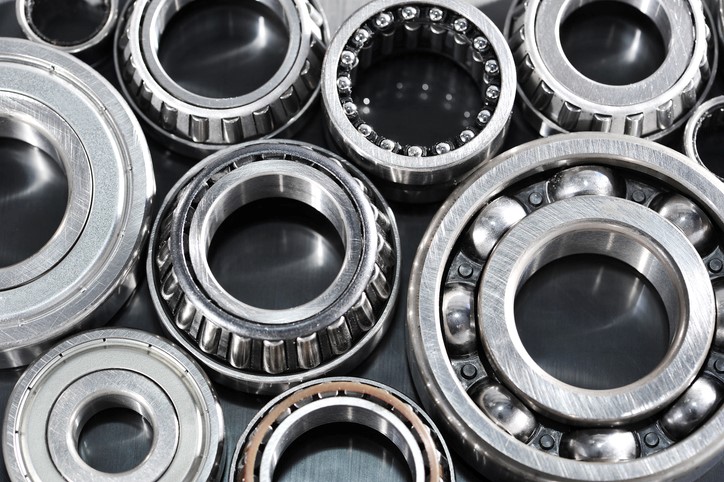It is a common question that people ask when they are trying to decide which type of bearings to use for their projects. Both needle roller bearings and ball bearings have their own advantages and disadvantages, so it really depends on what your specific needs are in order to determine which one would be better for you. Let’s take a closer look at both types of bearings so that you can make a more informed decision.
Needle Roller Bearings:
Advantages:
1. Needle roller bearings have a very high load capacity in comparison to their size. This makes them ideal for applications where space is limited, but a high level of support is required.
2. They can also operate at high speeds without experiencing any issues, ensuring efficiency.
3. Needle roller bearings are very low maintenance and do not require regular lubrication like other types of bearings. This can help save on general maintenance costs, compared to other types of roller bearings.
Disadvantages:
1. One downside of needle roller bearings is that they are not suitable for applications where shock loads are present, meaning they are slightly limited in functionality.
2. Additionally, this type of bearing can also be noisy when in operation.
Ball Bearings
Advantages:
1. Ball bearings can support both radial and axial loads, making them versatile for a variety of applications.
2. They are able to operate at high speeds without any issues, meaning they are very efficient.
3. Ball bearings are very low maintenance and do not require regular lubrication like other types of bearings.
Disadvantages:
1. One downside of ball bearings is that they are not as tolerant of misalignment as other types of bearings.
2. Similarly to needle roller bearings, they can also be noisy when in operation.
Why use different types of roller bearing?
There are a variety of reasons why you might choose to use one type of roller bearing over another. It really depends on the specific needs of your application. For example, if you need a bearing that can support high loads but space is limited, then a needle roller bearing would be a good choice. Alternatively, if you need a bearing that can operate at high speeds and is tolerant of misalignment, then a ball bearing would be a better option. Ultimately, it is up to your business to decide which type of bearing is best for your particular application.
Conlusion:
In conclusion, there is no clear winner when it comes to needle roller bearings vs ball bearings. It really depends on the specific needs of your application to determine which one would be better for you. Outlining your specific needs before purchasing types of bearing can be particularly useful, as it helps you know what to search for. Both types of bearings have their own advantages and disadvantages, so it is up to you to decide which one would work best for your particular project, or business needs.















